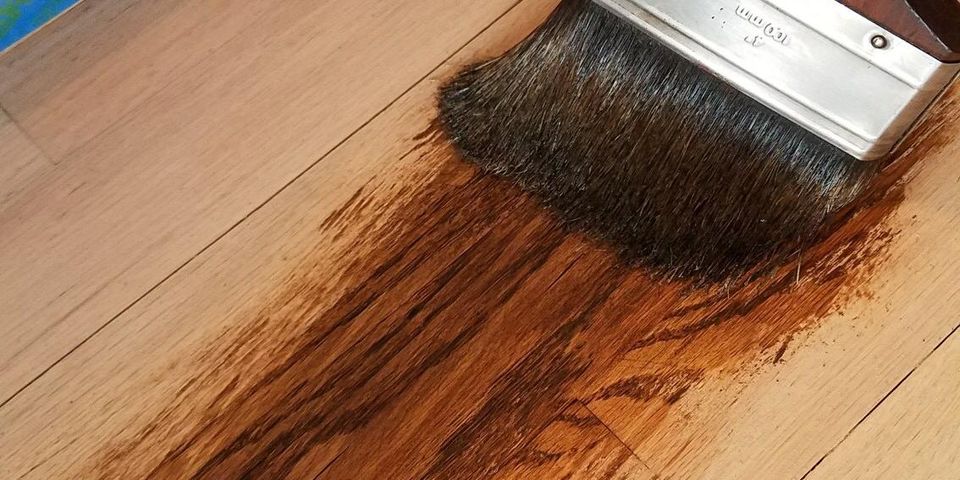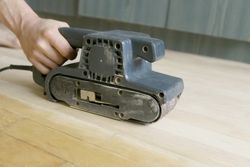Should You Refinish or Replace Your Hardwood Floors?

Beautiful hardwood floors add to the aesthetics and value of a home, but as they age, scratches, stains, and other damage may become highly visible, causing the floors to creak and shift. If your wooden floors are showing their age, you have two options to fix them: floor refinishing or replacement with another material. So how do you choose? In most cases, it comes down to preference.
Most Hardwood Floors Can Be Repaired
 To repair a hardwood floor, your flooring contractor will sand away layers of scratched and damaged wood to expose a fresh new surface, then refinish the floor. Because this process removes the surface of the material, almost any floor will look like new at the end of the process. Floors with significant structural problems, extreme board movement, deep gouges, or thin boards may not be able to be refinished. In these cases, you will have no option but to replace the flooring. However, these circumstances apply in only a small number of cases. Most of the time, you can freely choose whether to refinish the floor or replace it.
To repair a hardwood floor, your flooring contractor will sand away layers of scratched and damaged wood to expose a fresh new surface, then refinish the floor. Because this process removes the surface of the material, almost any floor will look like new at the end of the process. Floors with significant structural problems, extreme board movement, deep gouges, or thin boards may not be able to be refinished. In these cases, you will have no option but to replace the flooring. However, these circumstances apply in only a small number of cases. Most of the time, you can freely choose whether to refinish the floor or replace it.
Advantages of Floor Refinishing
Many homeowners who already have hardwood floors choose to refinish rather than replace because it is more affordable than new flooring. Whether you would choose to install another hardwood floor or carpeting, refinishing is still often the most economical choice. The result is attractive, simple to clean, and valuable. While replacement is always an option, refinishing is often the best choice for homeowners.
If your wood floors are beginning to age, it’s time to consider your options. Carl Bohlmeyer Floor Sanding in Lincoln, NE, has offered repair and refinishing services for hardwood floors for over 50 years. This locally owned and operated company emphasizes customer service and results you’re guaranteed to love. To arrange service, call (402) 423-7225 or send a message online.
About the Business
Have a question? Ask the experts!
Send your question

